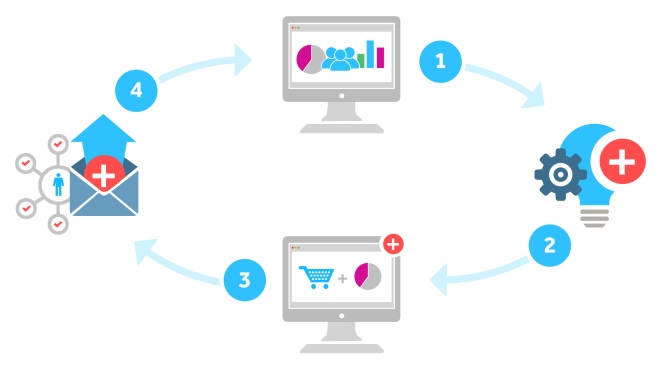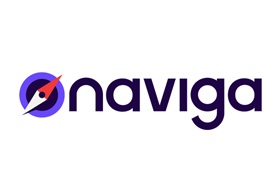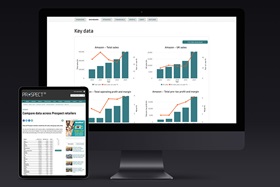Digital Product Development
Create, market and monetise your digital and print products and services
Developing and delivering quality products for your audience is critical to continuously improving the customer experience for your audience. One of the key benefits of the digital era is the immediacy – from fast creation and availability of content and information to immediate access via the web, on a smartphone or tablet app. This is at a polar opposite to traditional information formats such as print or face-to-face, that can take months of planning and physical development to create, market and distribute – with commensurate cost and risk. The ability to develop products and services quickly presents membership organisations with the opportunity to develop both broad and niche digital products for their audiences (including members and non-members). And using the right platform this can be done at a very low entry cost, so now it’s possible to test and learn quickly whilst limiting exposure.

Law Society Gazette Digital Products
Return on Investment
- Reduce cost of NPD -Reduce operational and marketing costs of expensive and lengthy time-to-market new product development cycles
- Increase revenue- Create new revenue streams from existing digital content and services
- Increase profit- Reducing the traditional operational and marketing costs of NPD and reusing existing digital content should deliver a higher profit margin on all new revenue earned
By ‘digital product development,’ we mean the end-to-end process from conception of a new product idea to the launch and promotional campaign where a member can purchase and consume the service for the first time. Using our digital product development capability, system users can cycle through the whole of this process in a matter of hours! It is possible to create and launch a new digital product or service on your website through a simple four-step process.
Step 1 – analyse your member data for emerging trends
Using sophisticated segmentation tools, system users can quickly analyse audience data and spot emerging trends that can signal a good idea for a new digital content product or service. For example, this might be a group of mid-level marketing executives that do not work in the same sector but share a common interest. You know they share this interest because the data analysis tools will identify a profile match and a high engagement level with this type of content within the free/registered tier of your website. You know your organisation is originating regular opinion and analysis features around this topic, so you have a match in terms of supply and demand.
Step 2 – set up your product definition and entitlements
In a few more clicks you can create the definition of your new product, perhaps a new online service, create the entitlement rules using identity and access control capability, and then set the qualification settings (e.g. metered access – 2 free articles, 2 registered, then paid access for all users that match job title ‘CEO’) which determine user access to the content.
Step 3 – create pricing and promotional material
Now that the product is set up you need to promote and sell it, which couldn’t be simpler. System users can create marketing copy, upload branding and set up any discount variations for short-term promotional campaigns; then define the pricing options, currency, local tax rules and payment options (e.g. direct debit), including any geographical restrictions; and then it’s ready to be marketed.
Step 4 – set up and trigger your promotional campaign
Using sophisticated campaign management engine and segmentation capability, your team can mine the audience database for anyone that qualifies for the new product, and configure a marketing campaign that will trigger outbound communications and onsite messaging promoting your new product to your exclusive selection of prospects. Or alternatively, use the user demographics to inform content delivery via Webvision or your own CMS.

Digital Product Development Timeline
Key Benefits
- Identify NPD opportunities - Analyse audience data and spot common characteristics and trends which can identify new product and services development opportunities
- Create and market digital products and services - Follow simple steps to create your new product and set up and send out all marketing promotional campaigns to drive uptake
- Test and learn - Repeat the cycle and tweak your digital offerings to get the maximum return on investment
Once you have completed the cycle you are ready to start again. By testing and learning from your audience engagement and activity usage data, you can see what’s working and what’s not – and more importantly, system users can easily modify every element described above, so if the marketing copy needs tweaking or the target audience needs to be broadened out, it can all be done within the platforms.
It is not mandatory to use our CXM for content delivery as ADvance can interoperate with any CMS-driven website, but there are many benefits when ADvance’s digital product development capability is combined with our CXM platform. Read here for more information about our CMS and content delivery capability.




